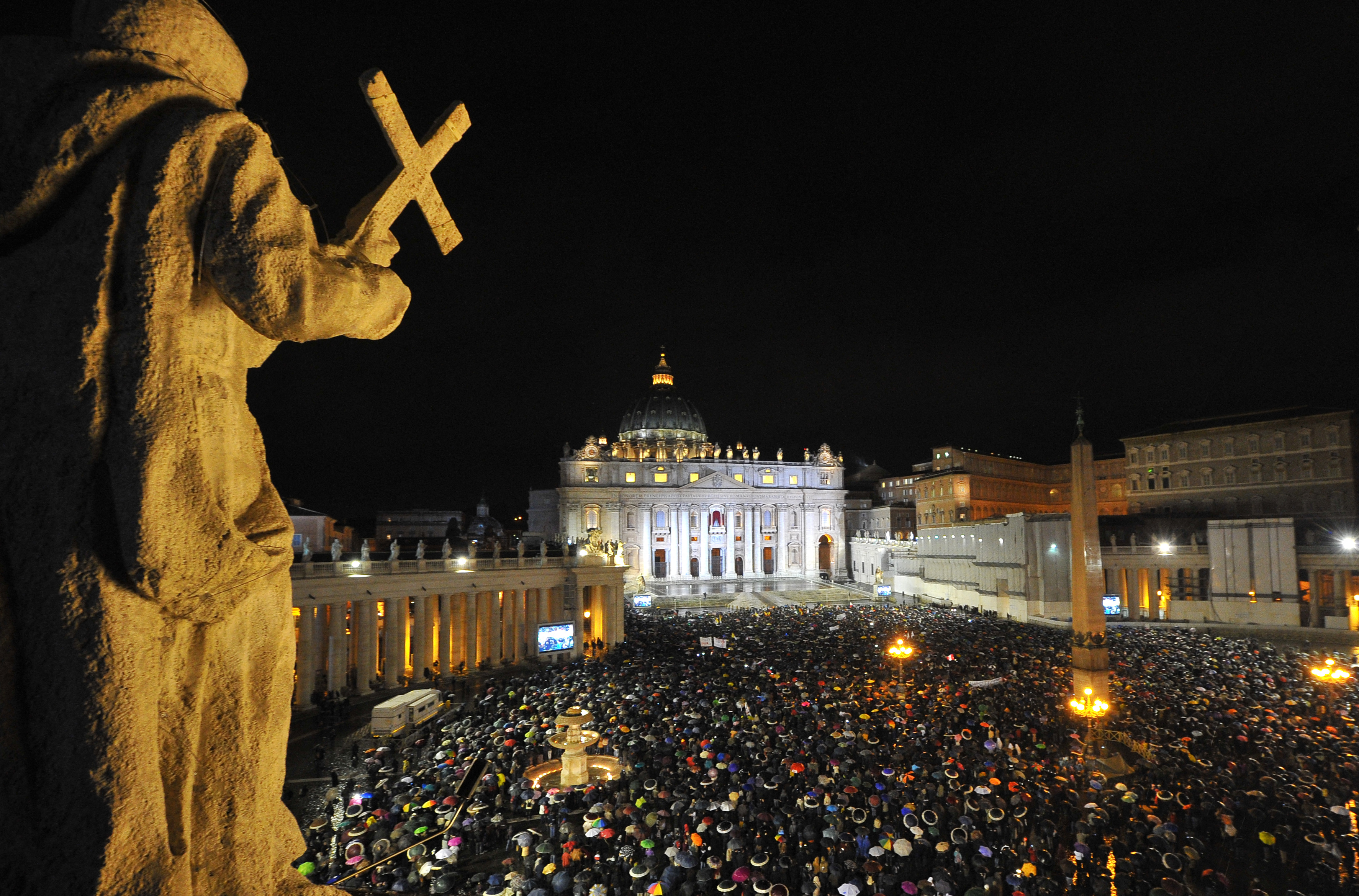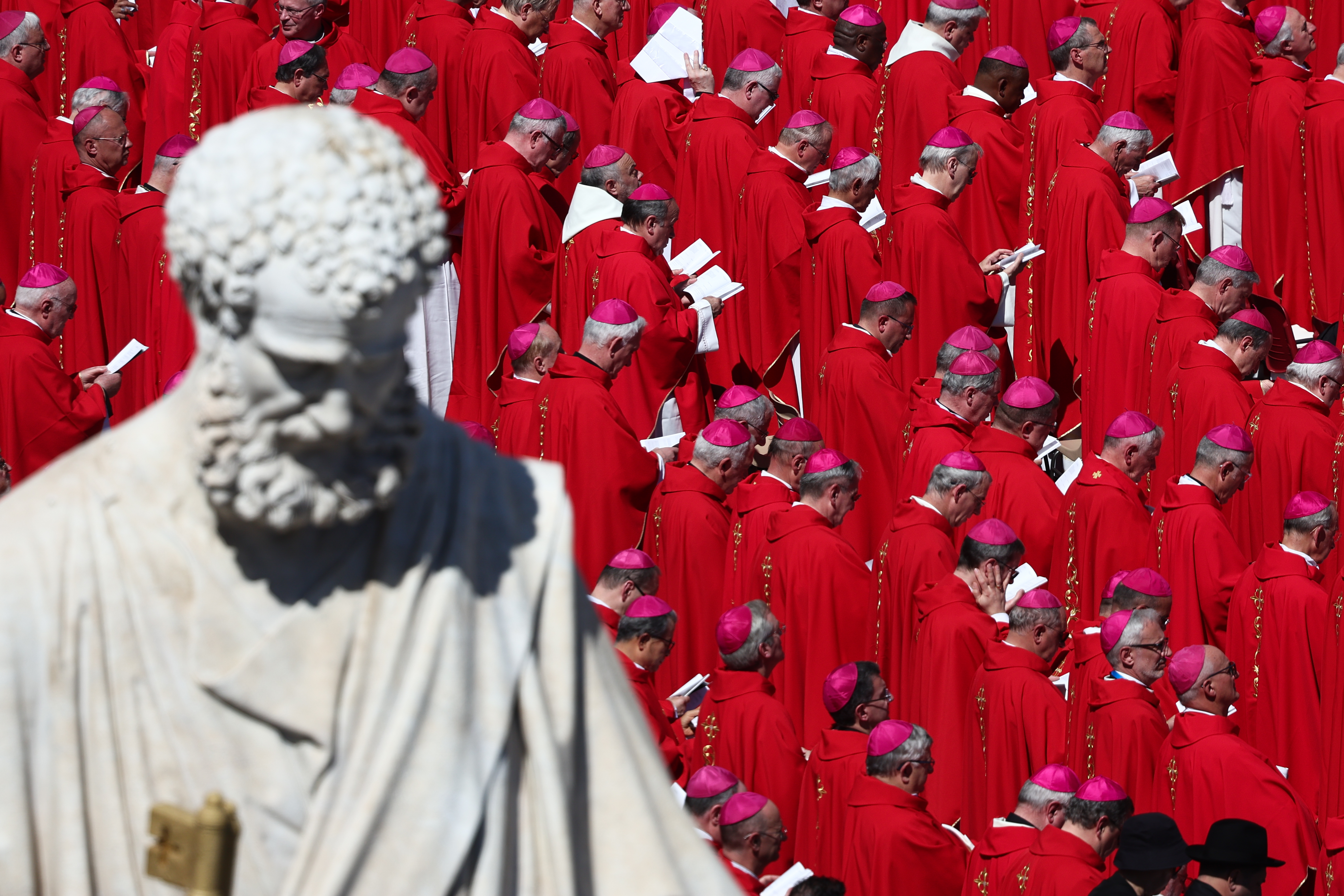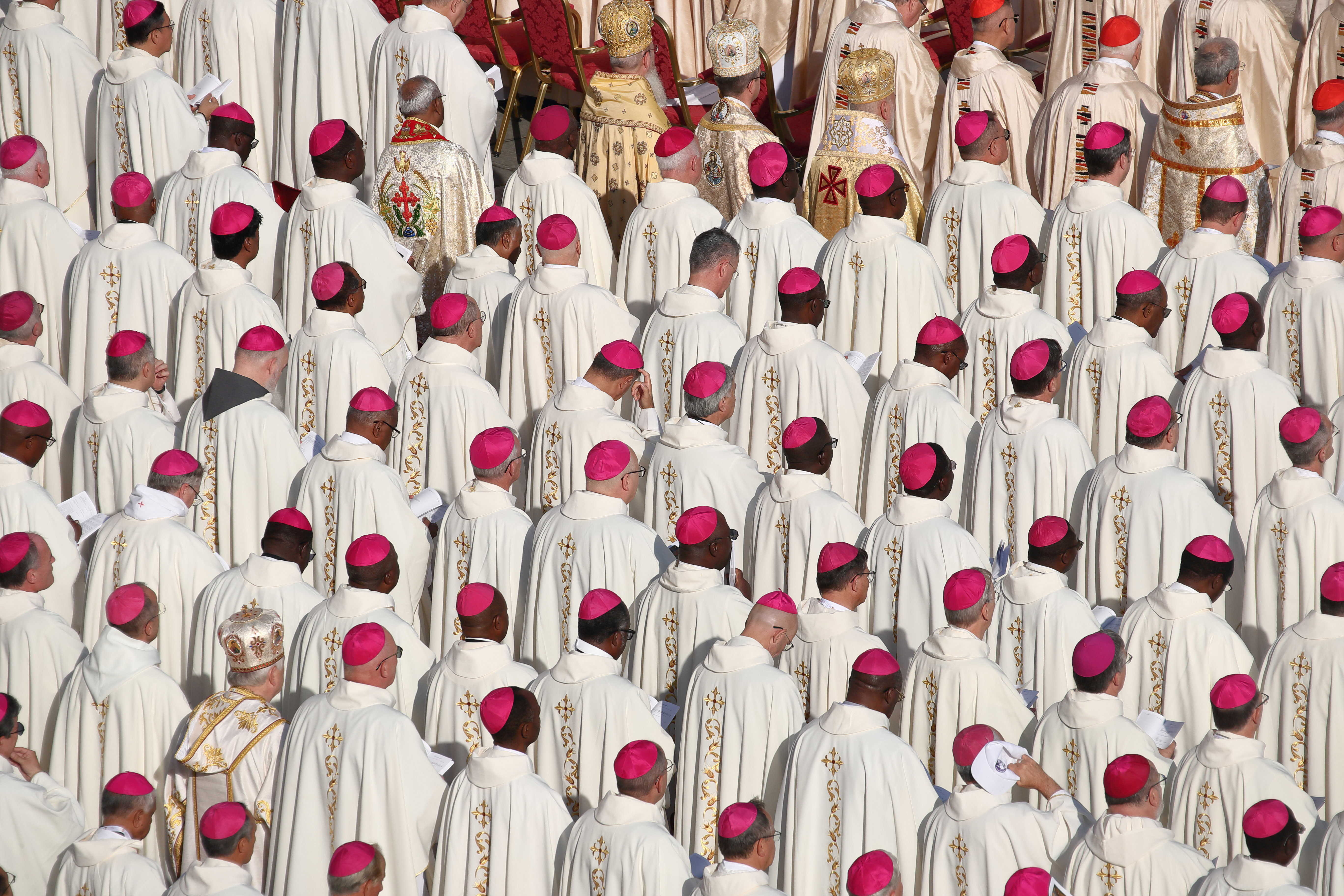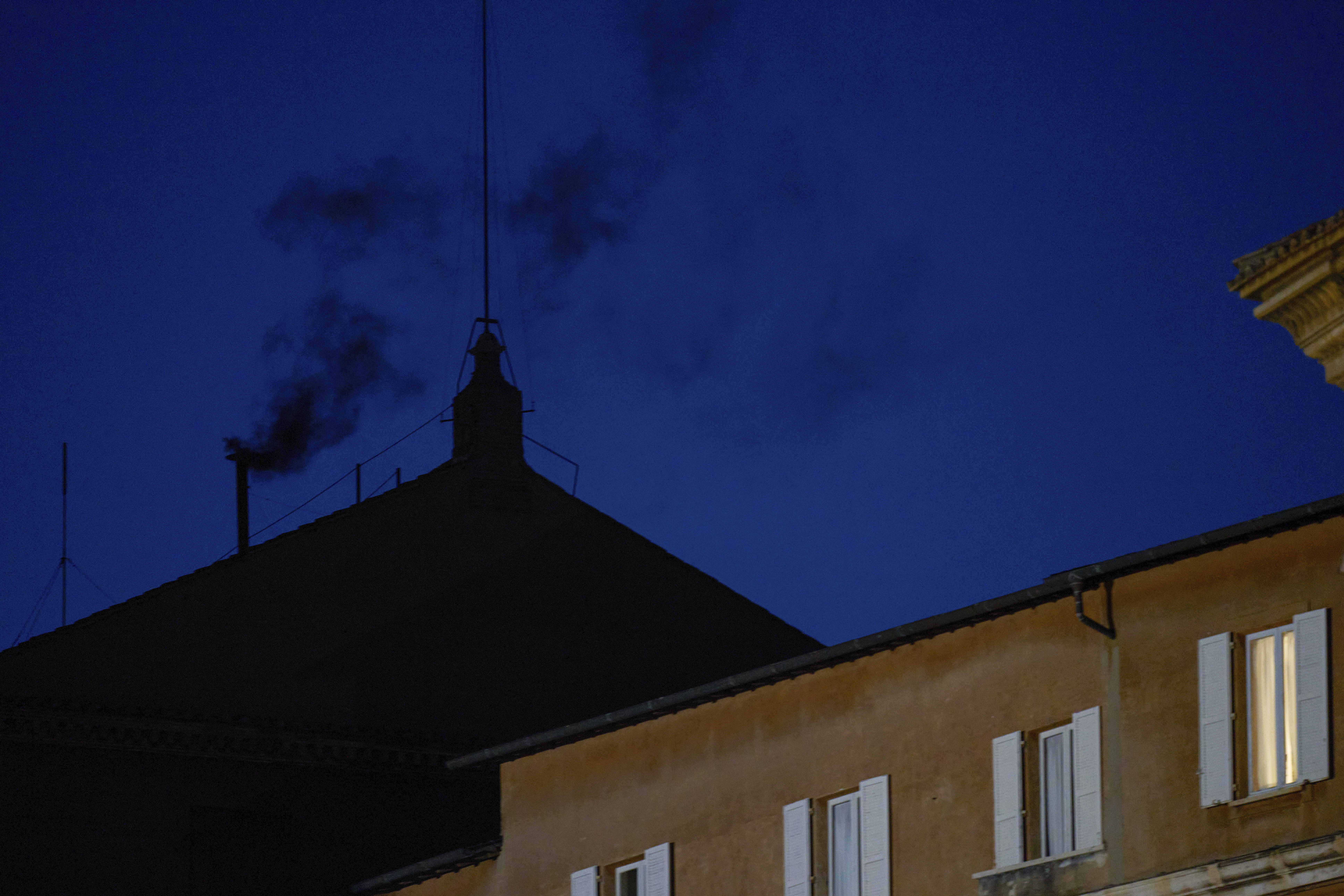Pope Death: What Happens at Funeral and Conclave?
From Papal Demise to New Dawn: Understanding the Funeral and Conclave Process
The Passing of the Pontiff: A Moment of Reflection and Transition
Pope Francis, after a dedicated 12 years leading the Roman Catholic Church, has passed away at the age of 88. His legacy of compassion and reform will undoubtedly resonate for generations. But what happens now? What unfolds in the Vatican City when the shepherd is called home? This isn't just a period of mourning; it's a carefully orchestrated transition, steeped in tradition and designed to ensure the seamless continuation of the Church's mission. Let's delve into the intricate processes that follow a pope's death, from the solemn funeral rites to the secretive conclave that elects his successor.
Confirmation and Initial Procedures: Declaring the Vacancy
The first step is, of course, official confirmation. When the Pope passes, the Camerlengo – essentially the caretaker of the Holy See during this interregnum – officially confirms the death. This isn't done with social media updates; it's a formal, traditional procedure. Think of it as the starting gun in a carefully choreographed relay race.
The Role of the Camerlengo
The Camerlengo plays a critical role in the initial days following the Pope's death. He seals the papal apartments, ensuring no unauthorized access, and notifies key Church officials. He also takes possession of the Fisherman's Ring, a symbol of papal authority, which is then ceremoniously broken to signify the end of the pontificate. It’s like dismantling the tools of the trade, a visual representation of the passing of power.
Preparing for the Funeral: Honoring a Life of Service
Before the world can bid farewell, preparations for the funeral must begin. The Pope's body is treated with respect and prepared for public viewing. This isn't about elaborate displays; it's about reverence and allowing the faithful to pay their respects to a man who dedicated his life to their spiritual well-being.
Crimson Burial Garb and the Lying in State
The Pope's body is traditionally dressed in crimson burial garb. Crimson, symbolizing sacrifice and Christ's blood, reflects the Pope's dedication to the Church. He then lies in state, usually in St. Peter's Basilica, giving millions a chance to offer their final respects. Imagine the sheer magnitude of the crowds, a testament to the Pope’s global impact.
The Papal Funeral: A Global Farewell
The papal funeral is a momentous occasion, a global event broadcast to millions around the world. It's a time for mourning, reflection, and celebration of the Pope's life and contributions. World leaders, religious figures, and ordinary citizens gather to pay their respects. The funeral mass is usually held in St. Peter's Square and is presided over by a senior cardinal.
The Interrment: Final Resting Place
Following the funeral mass, the Pope is interred, usually in the crypt beneath St. Peter's Basilica. This isn't just a burial; it's a sacred act, placing the Pope among his predecessors, a continuation of the unbroken line of succession that stretches back to St. Peter himself. It’s the closing of one chapter and the anticipation of the next.
The "Sede Vacante": An Empty Seat and a Church in Transition
The period between the Pope's death and the election of his successor is known as the "Sede Vacante," meaning "the vacant seat." During this time, the Church is governed by the College of Cardinals. It’s a delicate balancing act, ensuring stability while preparing for the election of a new leader.
Responsibilities of the College of Cardinals
The College of Cardinals assumes responsibility for the day-to-day operations of the Vatican and prepares for the Conclave. This includes organizing the funeral, arranging for the Conclave, and addressing any urgent matters facing the Church. They’re like the interim management team, keeping things running smoothly until a permanent CEO is appointed.
The Conclave: Electing a New Pope
The heart of the transition is the Conclave, the meeting of cardinals responsible for electing the new Pope. This isn't a political convention; it's a deeply spiritual process, guided by prayer and tradition. The Conclave is held in the Sistine Chapel, famously known for its breathtaking frescoes and the intense secrecy that surrounds the election.
Secrecy and Isolation: Protecting the Integrity of the Process
Secrecy is paramount during the Conclave. The cardinals are sequestered from the outside world, with no access to phones, newspapers, or any other form of communication. This is to ensure that their decisions are made free from external pressure or influence. Imagine the intense pressure cooker environment, where prayer and deliberation are the only tools available.
The Voting Process: Ballots and Smoke Signals
The voting process is complex and ritualized. Cardinals cast their ballots in secret, and the votes are tallied. If no candidate receives the required two-thirds majority, the ballots are burned along with a chemical compound that produces black smoke, signaling to the world that no decision has been reached. White smoke, on the other hand, signals that a new Pope has been elected. Think of it as a high-stakes game of "yes" or "no," played out on a global stage.
"Habemus Papam!": The Announcement of a New Pope
The moment the white smoke billows from the chimney is electrifying. The world waits with bated breath as the protodeacon cardinal announces, "Habemus Papam!" – "We have a Pope!" The new Pope then appears on the balcony of St. Peter's Basilica to greet the crowds and deliver his first blessing. It's a moment of immense joy and anticipation, the beginning of a new era for the Catholic Church.
The Inauguration: A New Pontificate Begins
The new Pope's inauguration marks the formal beginning of his pontificate. This ceremony, filled with symbolism and tradition, solidifies his role as the leader of the Catholic Church. He receives the pallium, a woolen vestment symbolizing his authority, and pledges to serve God and his people. It's like a coronation, but with a focus on service and humility rather than power and grandeur.
The Legacy and Future of the Church
The death of a Pope is always a significant event, but it's also a reminder of the enduring strength and resilience of the Catholic Church. The traditions and processes that follow a Pope's death are designed to ensure a smooth transition and the continuation of the Church's mission. The new Pope inherits a legacy, but also the opportunity to shape the future of the Church in his own unique way.
The Enduring Power of Tradition in a Modern World
In a rapidly changing world, these ancient traditions may seem anachronistic. But they serve as a powerful reminder of the Church's deep roots and its commitment to continuity. The funeral and conclave process is more than just a series of rituals; it's a testament to the enduring power of faith and the unwavering belief in the Church's mission. It reminds us that even in times of great change, some things remain constant.
Conclusion: A Time of Transition, Faith, and Hope
The death of a Pope triggers a complex and deeply meaningful process. From the solemn funeral rites to the secretive conclave, each step is steeped in tradition and designed to ensure the continuity of the Catholic Church. The election of a new Pope brings hope and anticipation, as the Church embarks on a new chapter under his leadership. This period, while marked by mourning, is ultimately a celebration of faith, tradition, and the enduring spirit of the Catholic Church.
Frequently Asked Questions
Here are some frequently asked questions about the death of a Pope and the subsequent process:
What happens to the Pope's personal belongings after he dies?
The Pope's personal belongings are typically inventoried and distributed according to his will, if he has one. Otherwise, they may be given to charitable organizations or to members of his family or inner circle.
How long does the Conclave typically last?
The length of the Conclave can vary. Some Conclaves have lasted only a few days, while others have gone on for weeks. There is no set time limit, and the cardinals remain sequestered until a new Pope is elected.
Can a non-cardinal be elected Pope?
While theoretically possible, it's highly unlikely. Canon law states that any baptized male Catholic can be elected Pope. However, in practice, the College of Cardinals almost always chooses one of their own.
What is the significance of the Fisherman's Ring?
The Fisherman's Ring is a symbol of papal authority, representing St. Peter, the first Pope, who was a fisherman. The ring is worn by the Pope during his pontificate and is destroyed upon his death to prevent it from being used to forge documents.
Who pays for the funeral and Conclave expenses?
The expenses associated with the Pope's funeral and the Conclave are primarily funded by the Vatican itself, drawing from its own financial resources and donations.



